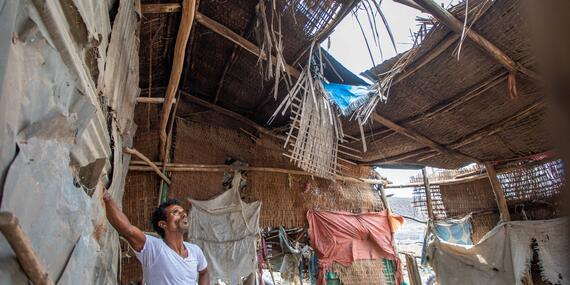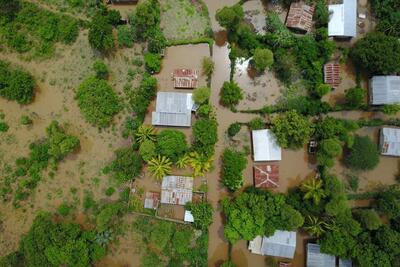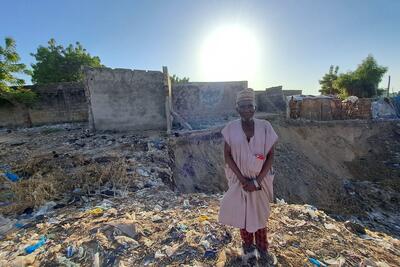Climate change

The climate crisis is a humanitarian crisis. As humanitarian workers, we see the devastating impacts of every flood, heat wave, drought or super storm. Climate change not only increases humanitarian needs but also hinders response, impacts supply routes and raises commodity prices. And when shocks occur multiple times, climate change necessitates repeated and more agile action.
This reality aligns with recent warnings from the Intergovernmental Panel for Climate Change (IPCC): impacts are increasing and there are limits to future adaptation. The IPCC estimates that up to 3.6 billion people live in hotspots of high vulnerability to climate change, largely in Africa, Central and South America, and South Asia.
Since 2006, we have spent an average of 27 per cent from the OCHA-managed Central Emergency Response Fund on extreme weather-related crises each year.


